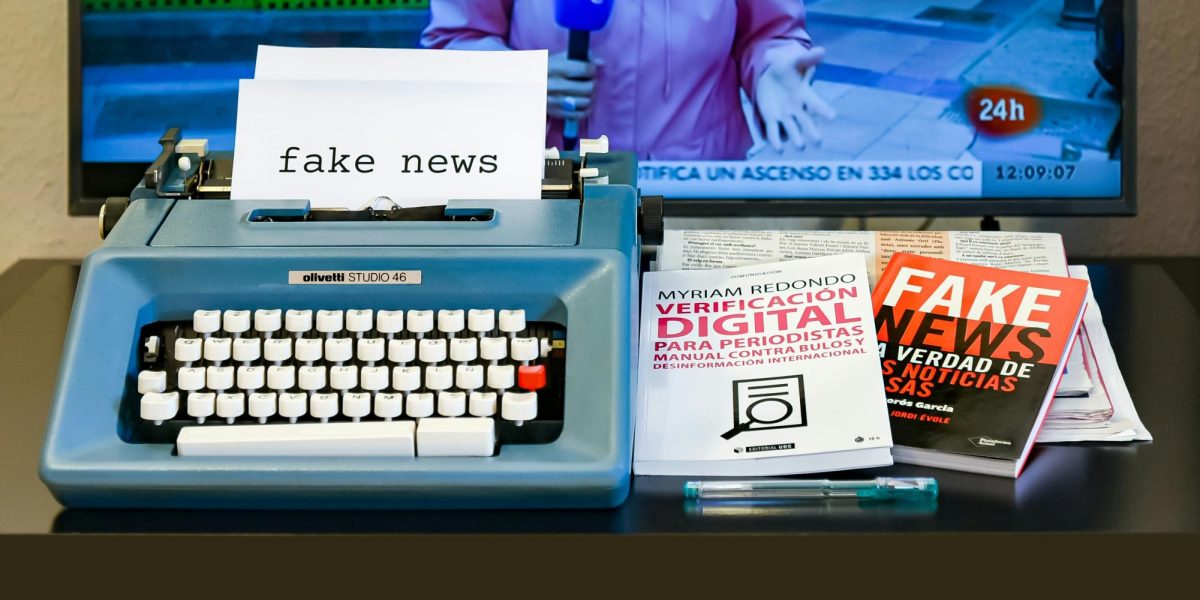Nasal vaccines are gaining attention for their more efficient approach to protecting against respiratory diseases like COVID-19 and the flu. They induce protective immunity, which prevents pathogens from invading mucosal surfaces and reduces the severity of diseases. These vaccines are particularly beneficial for respiratory infectious diseases due to their specialized initiation of immunity in the upper and lower respiratory tracts.
Some advantages of nasal vaccines include easy administration and favorable patient responses. Needles and shots are often not popular with younger kids and even some adults, as they can cause tension and anxiety. Nasal vaccines are much less invasive and remove pain and fear factors from the process. In addition, nasal vaccines can pave the way for creating a safe, user-friendly, self-administered vaccine.
Despite this, there are multiple disadvantages to nasal vaccines. For example, there is a chance that the vaccine could travel through the olfactory epithelium, a specialized tissue in the nasal cavity, and reach the central nervous system, raising concerns about side effects and unintended consequences. In addition, intramuscular injections or shots can deliver a greater inoculation volume, making them more effective than their nasal counterpart. Finally, since the nasal cavity is relatively small, only a limited amount of the vaccine can be administered without causing discomfort.
Overall, nasal vaccines appear to be the next step in vaccine evolution. According to Scientific American, some immunologists say these nose spritzes can provide faster and stronger protection against respiratory viruses. In addition, they might reduce the inequalities in vaccine access revealed by the pandemic, as they should be cheaper and easier to transport to less developed regions. Over time, trends suggest nasal vaccines will become an increasingly prevalent option for gaining immunity to various diseases.









